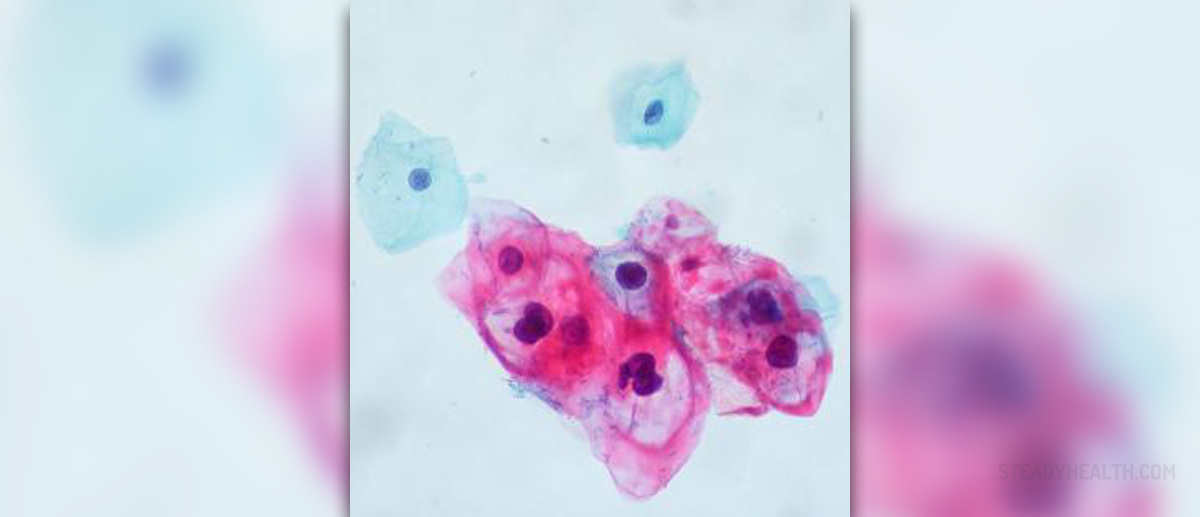
Infection caused by human papilloma virus is quit common. In the United States 20 million people are infected. Sexual transition accounts for one third of all humanpapilloma viruses. If genital area is affected the diseases presents either with warts or with changes in cervical cells. These changes if not treated on time may lead to cervical cancer. Unfortunately once the person gets infected there is no definitive cure. The protection is the best option and nowadays the vaccine against some types of human papilloma virus is given to certain groups. On the other hand the infection discontinues in time which is good as this means it is not for a lifetime. There are numerous treatment approaches that are efficient in management of symptoms. The need for early detection is crucial as it may also lead to timely setting of the diagnosis and prevention of certain cancers.
For all those who are carriers of the virus and have no symptoms at all the treatment is not conducted straight away. After the infection is confirmed regular check-ups are recommended. The women are obliged to regular Pap tests at least once a year, sometimes even more often. This is done if there is confirmation of certain types of the virus. Abnormalities of cervical cells are treated on time as they represent the warning signs of potential cervical cancer.
If the virus has lead to distinctive changes on the cervix there are several treatment options. Cervical changes such as dysplasia, precancerous cell changes or cervical intraepithelial neoplasia may heal spontaneously. If they do not heal cry therapy (the freezing of the change by using liquid nitrogen) is conducted. Even minor surgical procedures such as confiscation and loop electrosurgical excision are available.
The genital warts are treated either medicamentously or surgically. These skin changes can be in the level of the skin or may rise from the surface. They vary in size and are either pink or flesh-colored. The predilection places of the warts include cervix, scrotum, penis, groins, thighs, and anal area. In most cases to get rid of the entire warts one must undergo repeated treatments. Rarely warts withdraw on their own. As for medications the patient is prescribed creams that are applied directly onto the warts. Other treatment methods include cry therapy, electrocautery or laser excision of the skin changes. There is one option which is not surgical but is done at doctor office. This is an application of a chemical called trichloracetic acid. The most resistant warts are surgically removed.




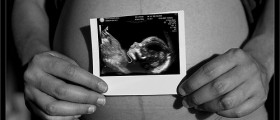
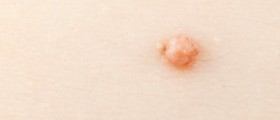
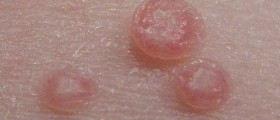
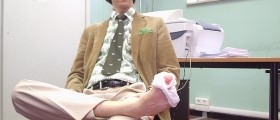


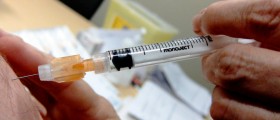

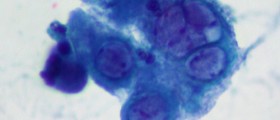


_f_280x120.jpg)
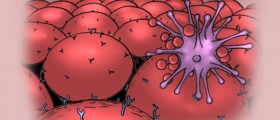
Your thoughts on this
Loading...